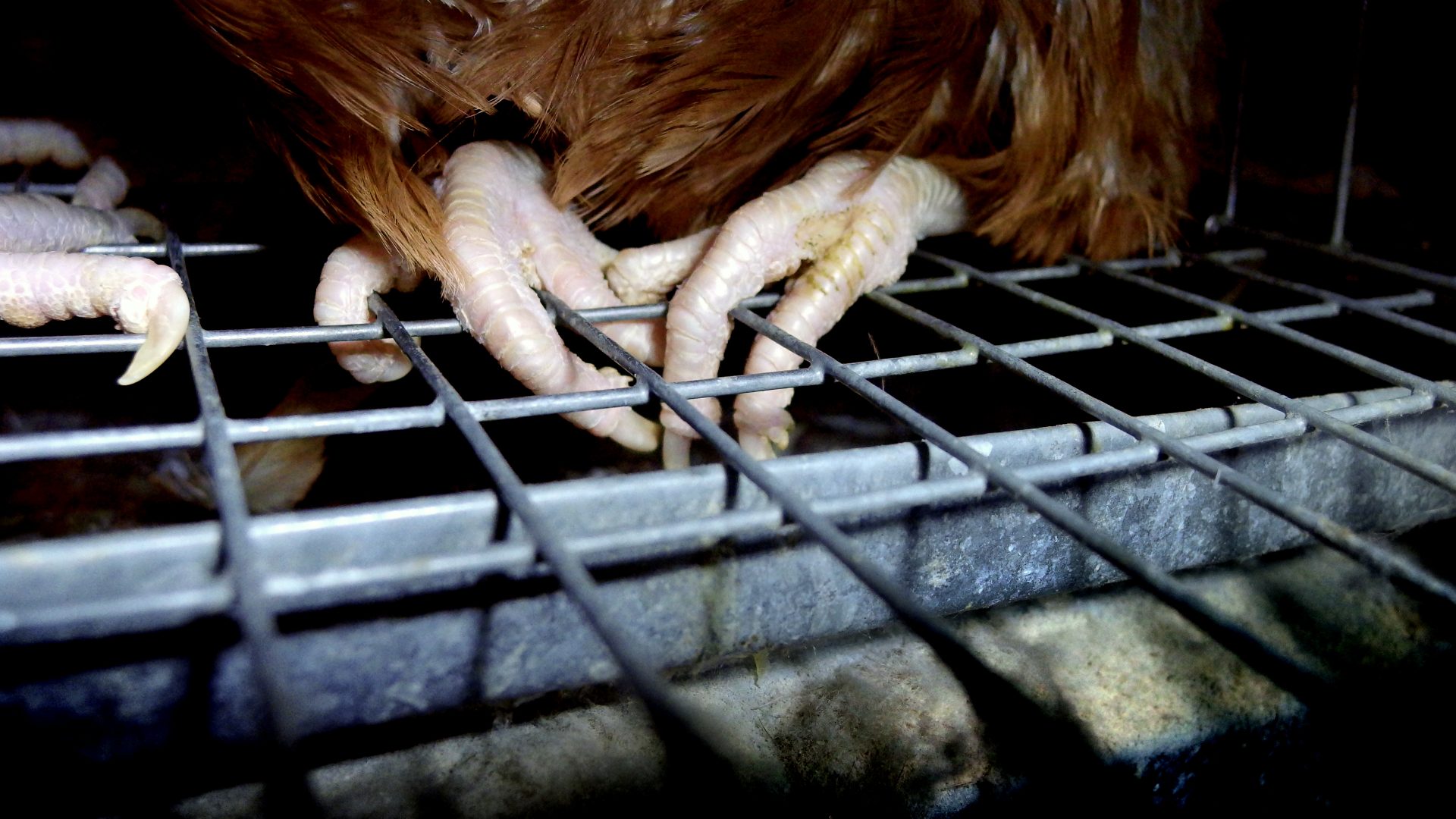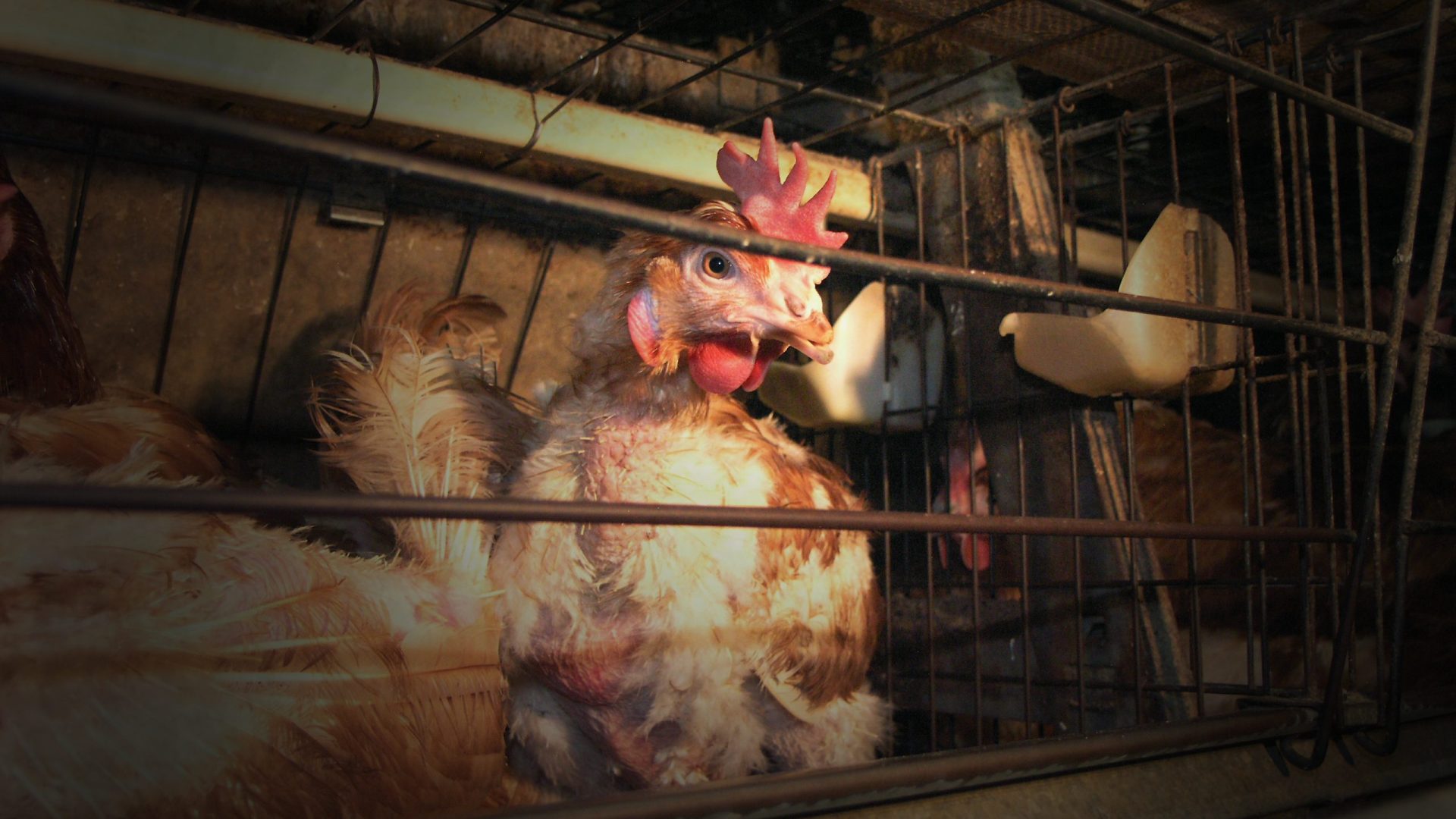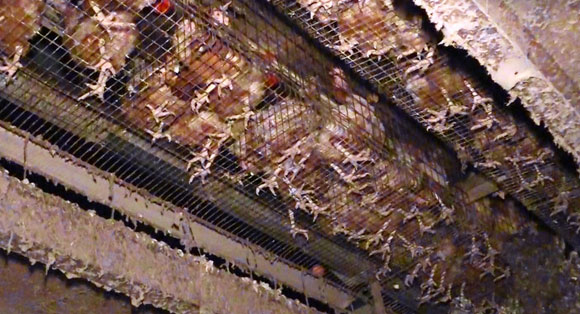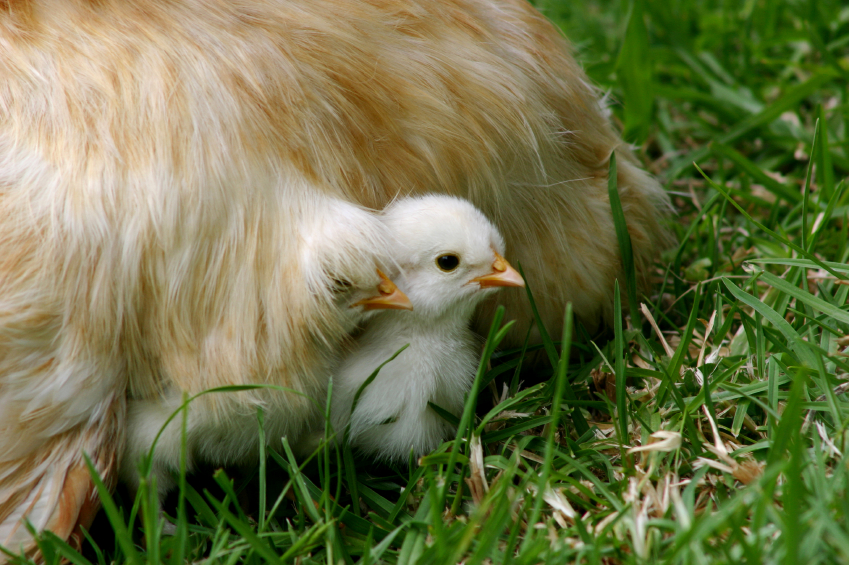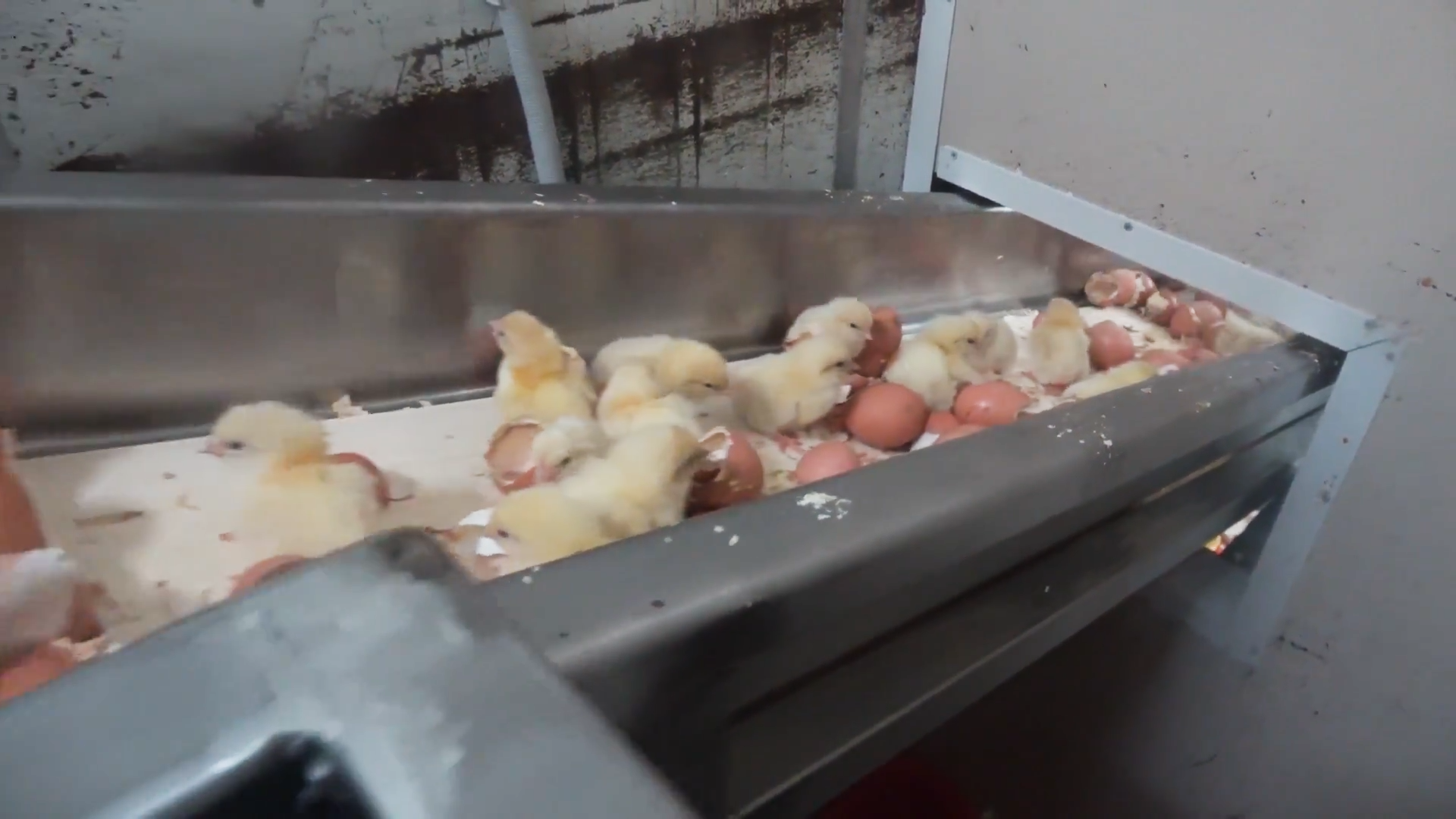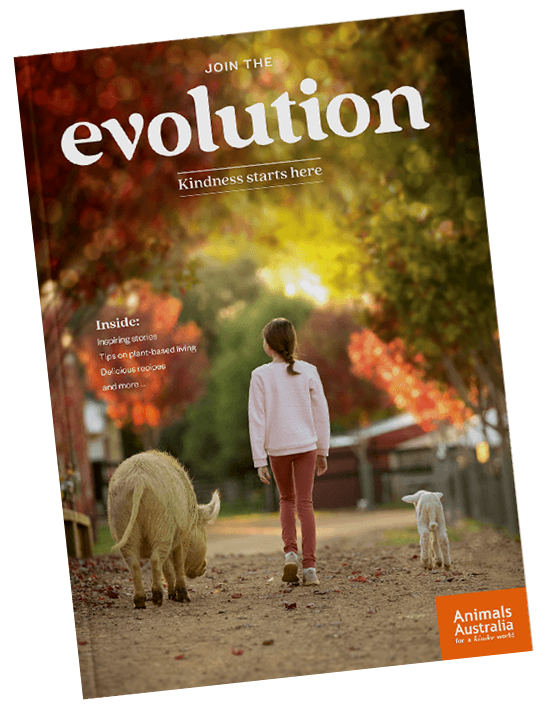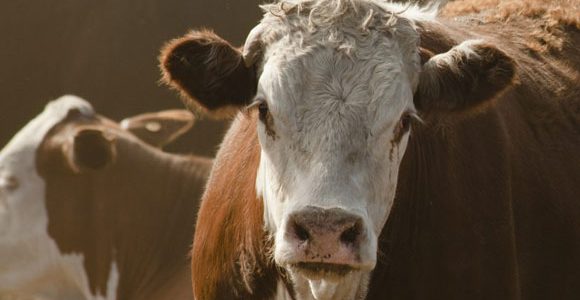She’s forced into lockdown, for life…
From the moment she is born, she is forced to endure cruelties that would be illegal if done to a dog or cat. Why? So that the egg industry can meet the consumer demand for eggs and products that use eggs as an ingredient, like certain sauces, pastas, cakes and pastries — while maximising profit.
As a chick hatched into the egg industry, the tip of her sensitive beak was cut or burnt off without pain relief. She would naturally use her beak to explore the world around her. But crammed into a small, barren cage, confined hens can peck at one another, understandably frustrated by being unable to move freely or nest in private. Enrichment and more room to live would reduce her stress-induced pecking, but instead, ‘beak trimming’ is the industry’s ‘solution’.
Every waking minute of her short life, she will peer through the same cage bars, only to see row upon row of cages with hens just like her. Every night, she’ll try to seek out a comfortable place to roost, which she will never find.
Day after day, she lays eggs on a hard wire floor, until she is sent to slaughter at barely a year and a half old. So too are her friends from free range and organic egg farms. They could live to be 10 years or older. But when their tired bodies — worn out from unnatural, constant egg-laying — slow in producing eggs, they are no longer considered ‘economically valuable’.
The first time she will see the outside world — the world she was meant to live in — will be the last day of her life, as she is trucked to the slaughterhouse.



